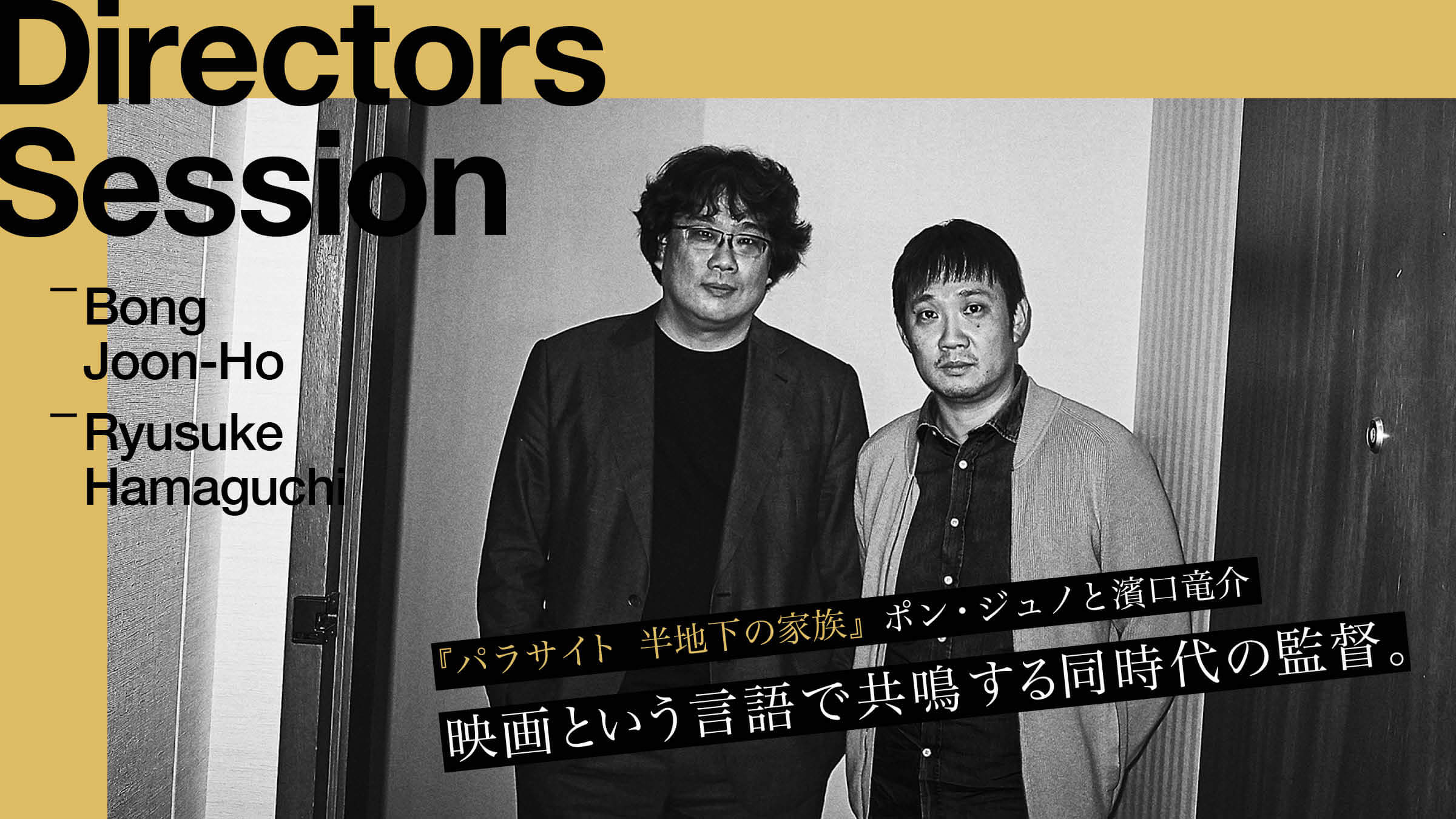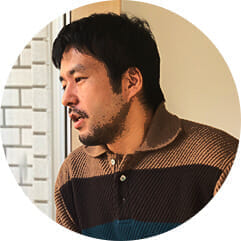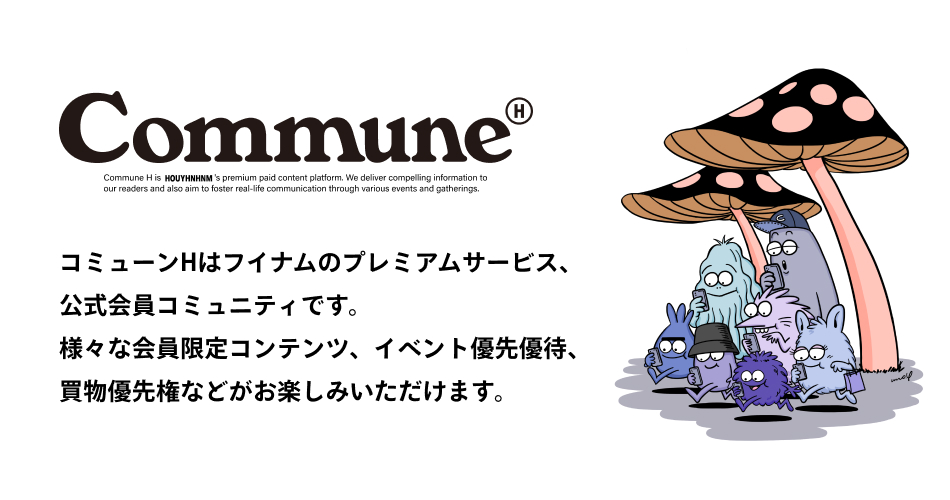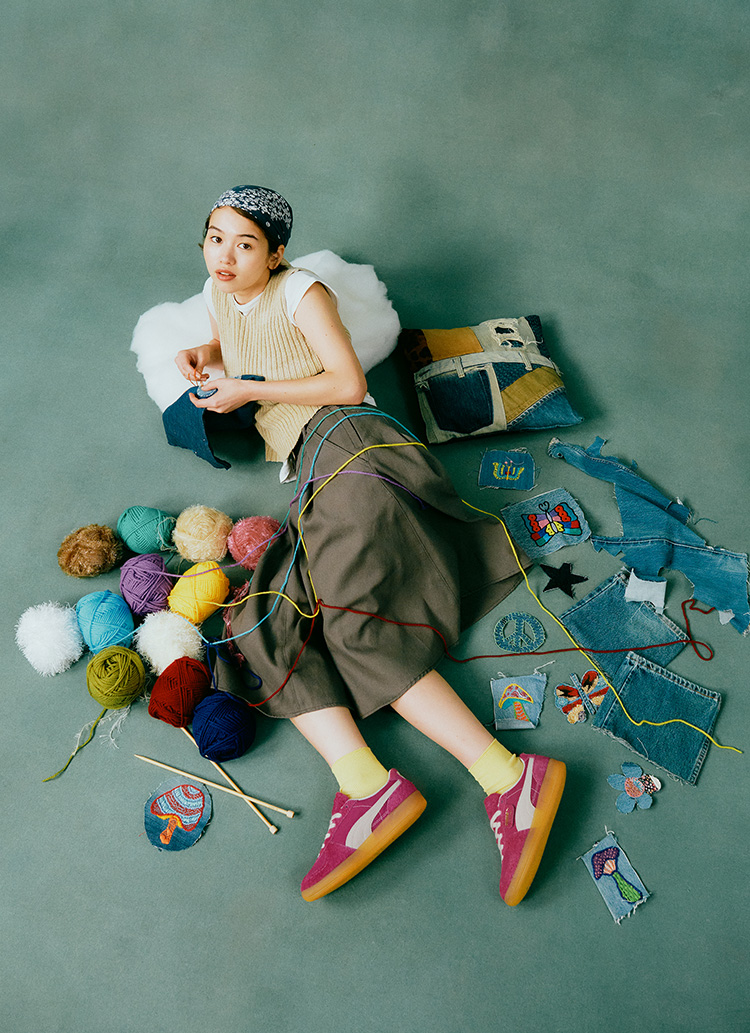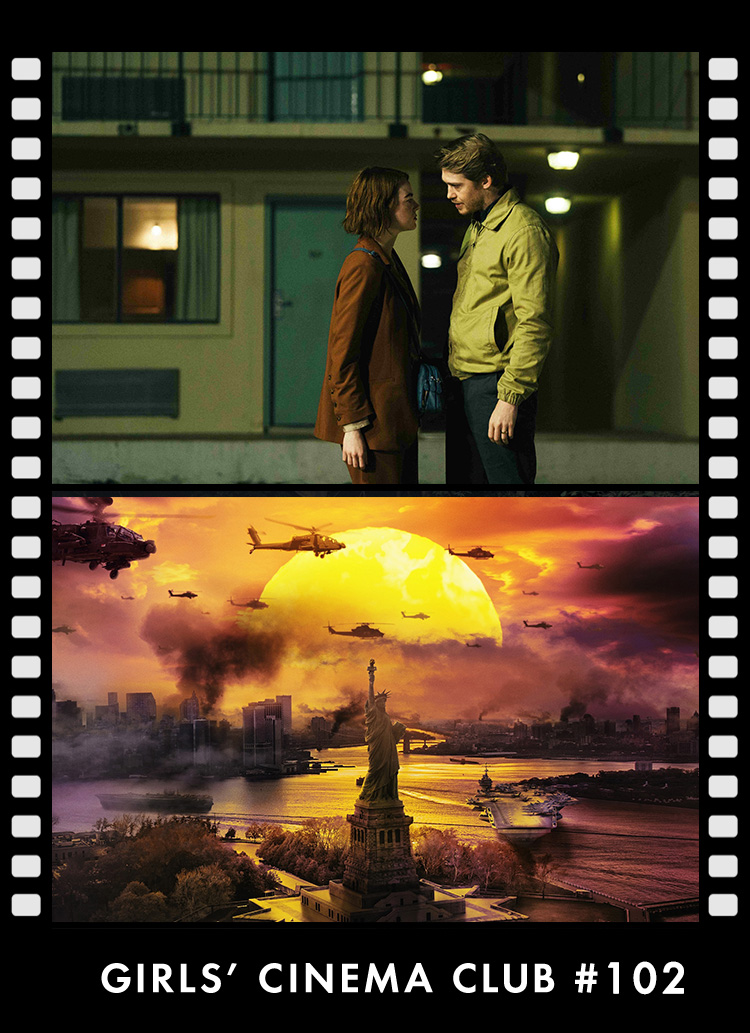Director Hamaguchi was captivated by this shot.
Hamaguchi:You say that it started with the director's experience, but let me check one point. Was the house located on a high place - on a hill, as in this film?
Pon:No, it is not. When I designed the film visually, I wanted to express it "vertically," as in Akira Kurosawa's "Heaven and Hell" (1963). Like Akira Kurosawa's "Heaven and Hell" (1963). The English title of "Heaven and Hell" is exactly High and Low. . I wanted to create that kind of arrangement and structure from the beginning, and it has been in my mind since I conceived the idea in 2013. The final structure of "Parasite" was assembled when I was working on the scenario alone, tapping on the keyboard, for four months from around fall to winter of 2017, wasn't it?


Parasite" is a film that depicts the contrasting positions of a semi-underground family and a wealthy family on a hill.
Hamaguchi:I have always had the impression that Pon Joon-ho often depicts the "difference between high and low" in his films, and that he is a director who is strongly concerned with vertical relationships. I feel that this theme is completely crystallized in "Parasite.
Pon:. I don't know myself why I am so particular about it. This film depicts a half-underground house, and when I was in junior high school, a friend invited me to play on a ping-pong table placed in a dark room. That memory remains strong in my mind. The room was slightly illuminated, and the only sound was the ping of the ping-pong table. . The sight of people playing ping-pong in such a place was a little strange.
Hamaguchi:Yes, I would love to make a movie of the scene.
Pon:There was also a strange smell lingering in the air, and the security guards and cleaning ladies were picking up furniture and other items discarded by people living in the upper-middle class and taking a break there. It was also very strange ......, with the fine furniture in a damp space, where people were lying down, and it seemed to represent class itself.

Hamaguchi:Once again, I could clearly see that such a sense of feeling was, after all, brought to fruition in "Parasite". . As for the vertical relationship, there is one shot that touched me wholeheartedly. A semi-underground family is walking down a residential staircase in the rain from a mansion on top of a hill toward their own home. You have taken a crane shot of the descent to accompany it.
I don't think I have ever seen a moment in which the "form" of the camera work and the "subject" were so perfectly aligned, and I thought it was a truly wonderful shot. I think just creating such a space as a whole is a huge task, but how did you conceive of that shot and how did you realize it?
Pon:Thank you . Not only that shot, but that sequence of moving around in the pouring rain is very important, and the movie becomes a road movie from there. A road movie of moving from the streets of a wealthy family to the streets of a poor family, or from the house of the president of Pak (an IT company) to his own semi-underground house. There is very little dialogue, but it was an important scene to let the audience experience the distance between these two seemingly endless houses.
The locations for each of the stairs going down are actually all different. We shot one shot in the city here, and then moved to the exact opposite side of Seoul to shoot one shot at ......, and so on, connecting scattered locations. . We were very particular in choosing the locations. The cut you mentioned is in a very old residential area in Seoul. . I was very happy when I found that location.
The staircase depicts a vertical space, and the son stops once. Through the gap between his feet, rainwater flows from above to below, like a waterfall or flood. It is as if the water is flowing from a rich house to a poor house. It does not flow in the opposite direction. . I felt it was something sad and terrible as I was taking the picture.
In "Sleep or Awake," there was a scene in which the camera moves up to the top of a breakwater and sees the ocean spreading out. . I really felt the overwhelming presence of water in that scene.
Hamaguchi:I'm glad to hear that , thank you very much.

. It's a scene that appears in the latter half of "Sleeping and Waking".
Pon:I selfishly thought that the scene might have struck a chord with the collective unconscious of the people of Japan - the people who live on the island, the people who experienced the tragic disaster.... . I wonder if the cloudy weather in that scene was what Director Hamaguchi was waiting for.
Hamaguchi:Our production system is not one that allows that much leeway, and we are making the film in an environment where if we have to shoot on this day, we have to shoot it. In fact, when I was initially writing the script, I had the feeling that I wanted this scene to be sunny. Considering the main character, Asako, and her emotional state, I thought it would be fine if it was sunny, but it was cloudy on the day of the shoot.
But when I actually took the picture, I thought, "Ah, maybe this is what it's about. It was an experience that taught me that since the events surrounding her have not been resolved, what she sees must be like this - something as intense as this scene awaits her in the future, and maybe that's what it's about. .
Pon:I only know what was shot as a result, but when I saw that scene, I thought the weather was very nice and the close-up of the woman was wonderful. . Even more than the ocean, the faces of the people conveyed something amazing. I think the fact that he was able to shoot that scene is because Director Hamaguchi's character is a very obsessive and persistent type of person (laughs).
Hamaguchi:Well, I don't know , ...... (laughs).



